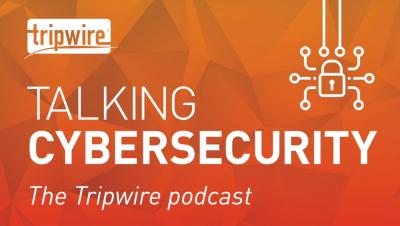Survey: Nearly Half of Manufacturers Suffered a Digital Attack in the Last Year
Confidence isn’t new when it comes to cybersecurity. All the way back in 2015, for example, 86% of security professionals working in the energy sector told Tripwire that they were confident they could detect a breach in a week. Just less than half (49%) said it wouldn’t take them longer than a day to spot an attack. It was the same story a year later when Tripwire surveyed infosec professionals in the retail sector.



